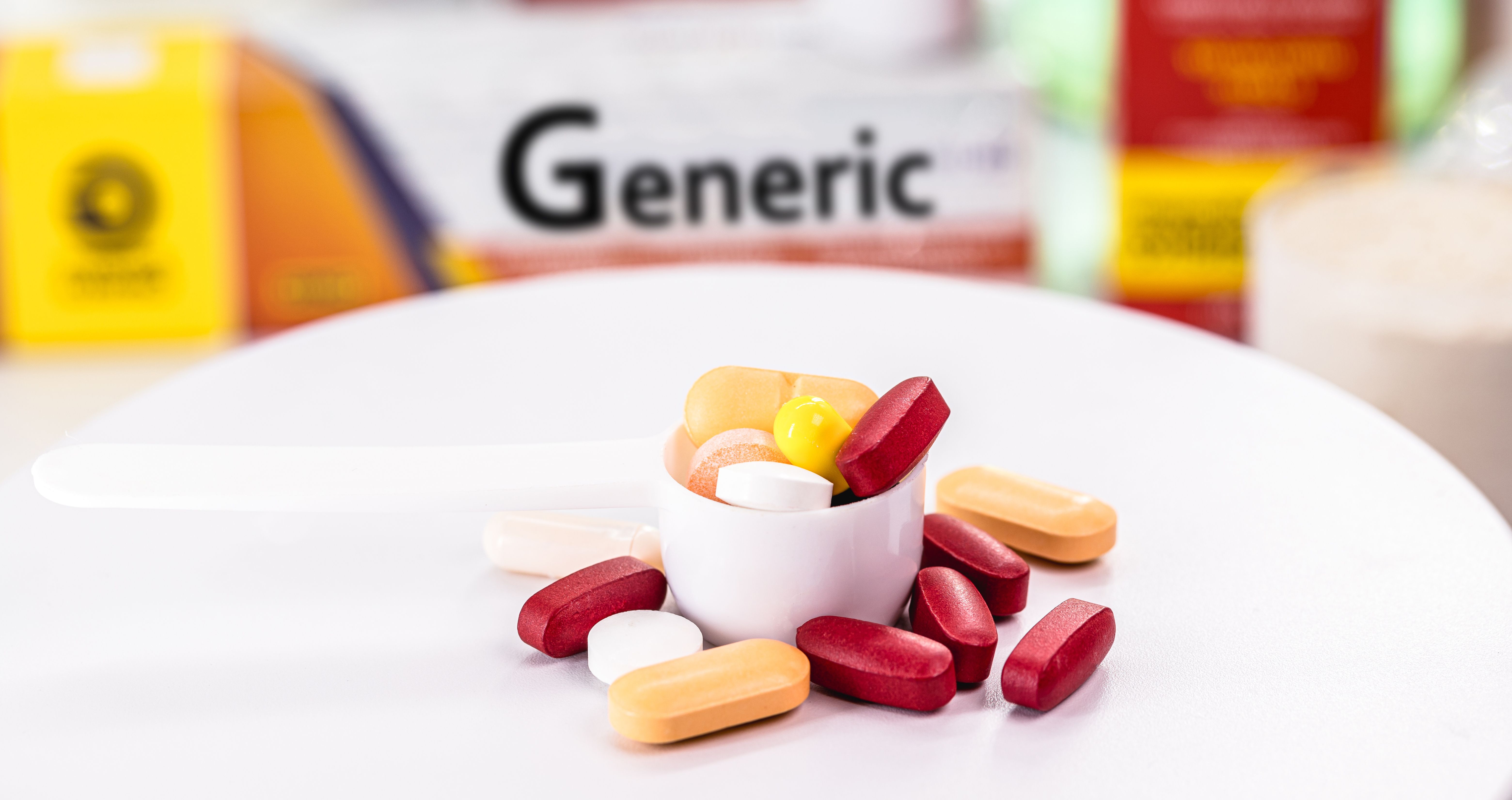Article
Study Confirms Safety, Tolerability of Oral GABA for Type 1 Diabetes
Author(s):
A trial enrolling 97 children newly diagnosed with type 1 diabetes did not meet the primary endpoint of preservation of insulin production by beta cells, but it did show a significant decrease in fasting and clinically relevant reduced serum glucagon.
For the first time, children with recent onset type 1 diabetes (T1D) have received 2 treatments that have shown promise in prior animal studies and isolated human pancreas islets, according to a study published in Nature Communications.
These treatments are gamma aminobutyric acid (GABA) and glutamate decarboxylase (GAD), both of which are highly concentrated in the pancreatic islet, the autoimmune target of T1D.
GABA is a major inhibitory neurotransmitter. In the endocrine pancreas, as explained in the study, GABA participates in paracrine regulation on the beta cells producing insulin and the alpha cells producing glucagon. Meanwhile, GAD is the enzyme that acts on glutamate to form GABA.
Prior studies on animals and pancreas islets found that GABA promotes insulin secretion, inhibits alpha cell glucagon, and dampens immune inflammation. GAD immunization may also preserve beta cells.
“Given that GABA reduces immune inflammation at higher doses in several diabetic rodent models, it is plausible that increased GABA doses, or longer-acting preparations, could offer sufficiently prolonged, above-threshold GABA concentrations to preserve islet cells, particularly during stage 1 diabetes,” said Gail Mick, MD, professor at the University of Alabama at Birmingham and study author, in a statement.
After screening 350 patients, 97 patients were enrolled in the study, which was conducted between March 2015 and June 2019. Of this group, 41 participants received oral GABA twice daily, 25 received oral GABA plus 2 doses GAD-alum, and 31 received placebo. The mean (SD) age per group was 11.2 (3.9) years, 11.6 (3.2) years, and 11.1 (3.5) years, respectively.
All children in the study were enrolled within the first 5 weeks of T1D diagnosis, before the near total eradication of beta cells, with a mean length of time between T1D diagnosis and baseline visit of around 26 days. The study population was predominantly White, and the authors recorded 6 unrelated serious adverse events (AEs) that required between 1 and 2 days of hospitalization without AE.
The primary endpoint was the preservation of insulin production by beta cells, which was not met in the study. However, a secondary outcome revealed a significant decrease in fasting, as well as clinically relevant nutrient-stimulated glucagon secretion following 12-months of oral GABA/GAD treatment.
The study also confirmed the safety and tolerability of oral GABA.
“Given the low GABA dose for this pediatric trial, future investigations using higher-dose or long-acting GABA formulations, either alone or with GAD-alum, could be considered, although GABA alone or in combination with GAD-alum did nor preserve beta-cell function in this trial,” the authors said.
A separate manuscript by the University of Alabama at Birmingham is currently under review, and will describe a beneficial effect of GABA alone and in combination with GAD on cytokine responses in peripheral blood mononuclear cells from participants in the study.
Reference
Martin A, Mick GJ, Choat HM, et al. A randomized trial of oral gamma aminobutyric acid (GABA) or the combination of GABA with glutamic acid decarboxylase (GAD) on pancreatic islet endocrine function in children with newly diagnosed type 1 diabetes. Nat Commun. 2022;13(1):7928. doi:10.1038/s41467-022-35544-3




